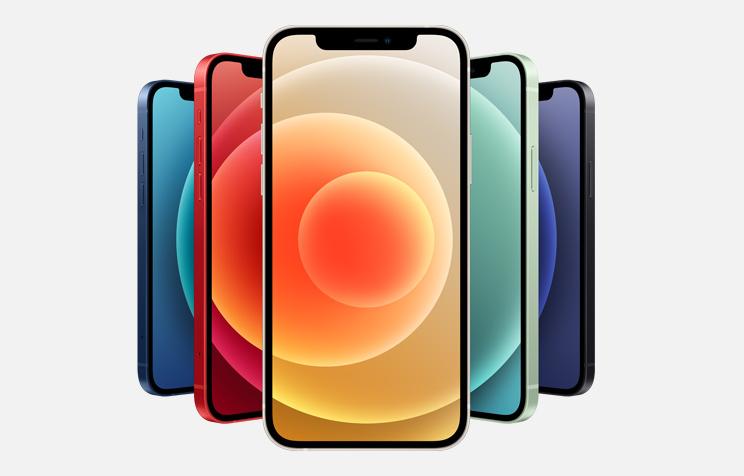When you want to upgrade or replace your laptop computer system, one of the first things you will notice is that it has a very limited or non-existent configuration. For example, you might find that even the most basic setup of a laptop will still have a hard drive and a standard processor. As you look through laptop specifications lists for the various types of laptops that are out there, you will see that each type will come with its own set of perks and features. This can make it difficult to figure out what the best laptop configuration is, which is why this article is going to discuss some of the different configuration options you have available. When you want to upgrade or replace your laptop computer system, one of the first things you will notice is that it has a very limited or non-existent configuration. For example, you might find that even the most basic setup of a laptop will still have a hard drive and a standard processor. As you look through laptop specifications lists for the various types of laptops that are out there, you will see that each type will come with its own set of perks and features. This can make it difficult to figure out what the best laptop configuration is, which is why this article is going to discuss some of the different configuration options you have available.

There are three major options when it comes to laptop configuration: Intel's Sandy Bridge, AMD's Phenom II, or a full fledged dual core Intel i5-equipped system. Each of these has a wide range of perks and features, depending on whether you are looking at an Intel Sandy Bridge system, an AMD Athlon II setup, or a full fledged dual core Intel i5 processor. Let's take a look at all three options and how they can be altered or customized to meet your specific hardware requirements.
The first option on the Intel side of things, which will be shown on your laptop specifications list, is known as "Sandy Bridge". This configuration will feature two cores and four threads for an overall total of eight cores and threads on your CPU. Because of the low price of these kinds of laptops, you can expect that there will be less than enough compute power for your everyday tasks; however, you will still have the ability to set up and adjust your windows task manager to give you the best experience possible from your new laptop.
The next option on the Intel side of things is known as the "processor optimized for Sandy Bridge". This option will feature a lower base speed but one with higher maximum turbo speeds than the other two. Because of the lower maximum turbo speeds, this laptop configuration should be used for basic computing needs. If you are looking for a powerful computing unit, however, you will want to go with the high end models that feature 2 processors and 8GB of ram.
Finally, on the AMD side of things, you will find the "Socket Boot System" configuration. This configuration will place all of your basic system hardware in a standard socket that is located on the motherboard. Because this kind of laptop has a more compact design, it will have much less overhead than many of the other options. This option will also enable you to replace any faulty hardware on your computer with newer, compatible parts.
The final laptop configuration we are going to check out is a full and LED backlit keyboard and monitor. The full HD LED backlit keyboard will have a wider display than your standard laptop configuration, but it will also have the same general functions. If you are going to use the laptop for editing video, web surfing, or gaming, an external monitor will definitely come in handy. You can, however, go with a lower quality laptop if you are looking for a simpler setup.
The final thing to check when comparing laptop specs is to see what the maximum display resolution is. Some laptop options will allow you to change the screen resolution from anywhere between ten and thirty extra pixels. A high-density screen resolution will allow you to get the most out of your graphics card, though. The more expensive laptop options will offer you a much higher maximum screen resolution.
When looking at different configurations, the best thing to do is keep track of which laptop parts you are replacing. Laptops often have parts that can be upgraded, so look up reviews about which upgrades to make first. For example, if you are replacing a slow processor with a faster one, purchasing a faster processor could save you money. By knowing which laptop components you should keep and which ones you should upgrade, you can save yourself quite a bit of time when looking through laptops.











